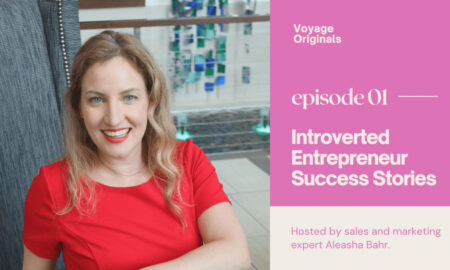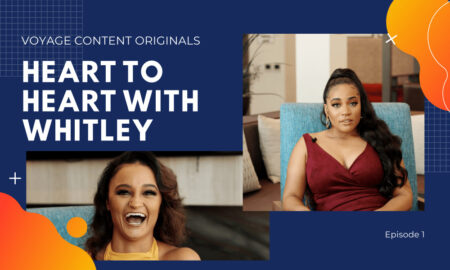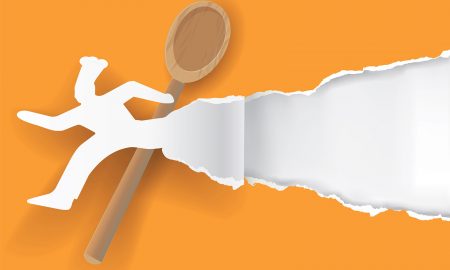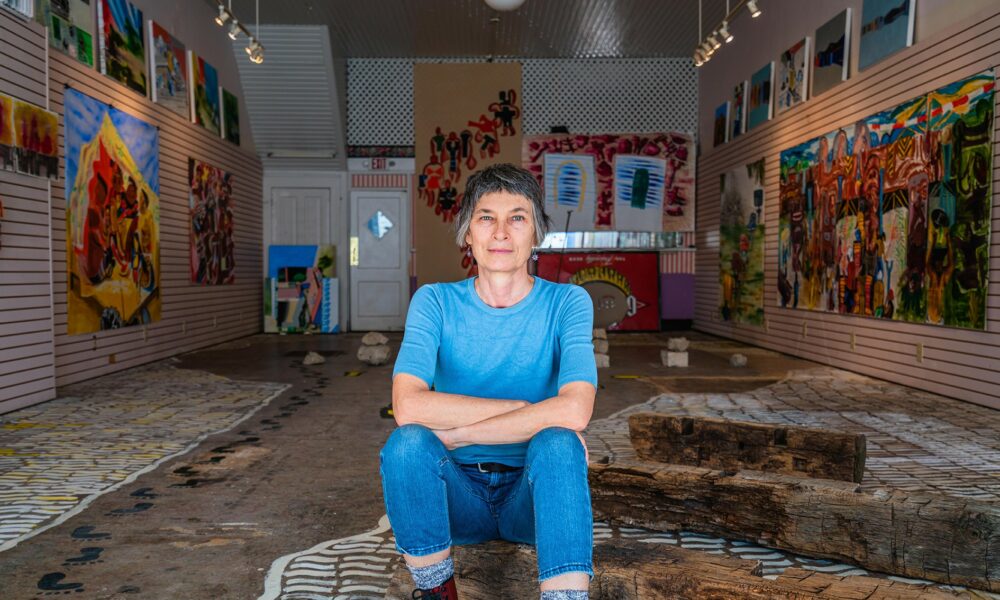

Today we’d like to introduce you to Natalya Critchley.
Hi Natalya, thanks for sharing your story with us. To start, maybe you can tell our readers some of your backstories.
I grew up in London, the UK then lived and worked in cultural promotion in an industrial city in southeast Venezuela for two decades beginning in 1981. At the same time becoming established as a visual artist exhibiting broadly in Venezuela and internationally, representing my adopted country on many occasions such as the Cuenca and Havana Biennales and individually in London and the USA. Relocated to Caracas in 2000 I developed and led social art projects with shanty-town communities for more than a decade collaborating with international architectural firm Urban-Think-tank, receiving students in Venezuela, and teaching in their summer school in ETH, Zurich. These investigations culminated in the development of the MAPEA project, now in its 6th edition, a visual arts mapping project that works with communities to look at their surroundings as the starting point for a discussion on the environment.
Now residing in Kalamazoo, MI since 2016, I continue my studio practice painting in the Mill at Vicksburg. In 2020 I co-organized and participated in Destination Venezuela with the Vicksburg Cultural Arts Centre, a month-long event hosting 4 exhibitions, talks, chalk art, food trucks, and an online poetry event. I also led a MAPEA project through Parks and Recreation summer camps.
The exhibition Mangled Hopes for Bridges from the Destination Venezuela event was shown at the KVCC Arcus Gallery in October 2021, and this year will travel to Bogota, Colombia. The 2022 MAPEA project is now just starting here in Kalamazoo with a month-long program of workshops and an exhibition in September.
Would you say it’s been a smooth road, and if not, what are some of the biggest challenges you’ve faced along the way?
As a child, I always drew and wanted to be a painter; I was that strange adolescent who missed school to go to museums. They were my refuge and sanctuary, the temple of art. London, of course, had a wealth of choices in that aspect.
Because of the artists I was looking at, Henri Matisse or Paul Klee, even David Hockney who had a tradition of traveling south looking for the light, I thought that you couldn’t paint like that in England.
Traveling to Venezuela seemed an obvious choice when I met a group of Venezuelans in London.
Living in Puerto Ordaz, an industrial city at the confluence of the Orinoco and Caroni rivers, I found the brightest light on earth and consequently developed an extensive body of work based on this monumental industrial park and ever-growing city.
Through constant repetition, I synthesized the figurative landscape into an alphabet of symbols with which to rewrite the landscape. Through this abstract language, I could finally embrace a revision of the female figure and explore the broken balance of ecology in the masculine world of manufacturing.
Although I had studied at art school from the age of 14 in evening classes, I didn’t finish art school training, so in a lot of ways, I was self-taught, which brought its own struggles and difficulties. I had also read a lot of feminist art theory and was very conflicted over the use of the female figure in western painting. Painting landscapes and architecture was a way of avoiding the figure, a dilemma that gradually resolved itself through abstraction and developing a personal language, my alphabet.
Appreciate you sharing that. What else should we know about what you do?
I have worked extensively on the industrial landscape, and although always an ecologist at heart, I thought I should look at this world close up since our modern lives depend on industrial processes for everything. I was drawn to it as an expression of human endeavor, even though it could also be a hostile and harsh environment.
Over the years, I have often done this work to commission, and that interest was certainly what drew me to the Mill at Vicksburg when I discovered they had a residency program.
As well as being a painter which is a very individual pursuit, I also work on social art projects, and this has been an important complement to studio practice.
Do you have recommendations for books, apps, blogs, etc.?
Books are a sore issue as a refugee. I recently went back to Venezuela to pack up our apartment and studio and put everything in storage; we’re still not sure where we will end up living, though we have now been here for six years already. I kept only two boxes of my most important art books, one is a tiny book on Klee, and the other is a huge biography of Matisse and another catalog on Matisse from the MOMA written by John Elder bridge.
Sorry, I can’t tell you the names of the other authors since they’re in storage.
Nowadays, I look at books, and I’d love to have them but then think about packing and shipping again and refrain from buying them.
Podcasts were a great resource during the pandemic; one of my favorites was The Great Women Artists by Katy Hessel.
Contact Info:
- Website: www.natalyacritchley.com
- Instagram: natalyacritchley
- Facebook: Natalya Critchley
- Youtube: Natalya Critchley
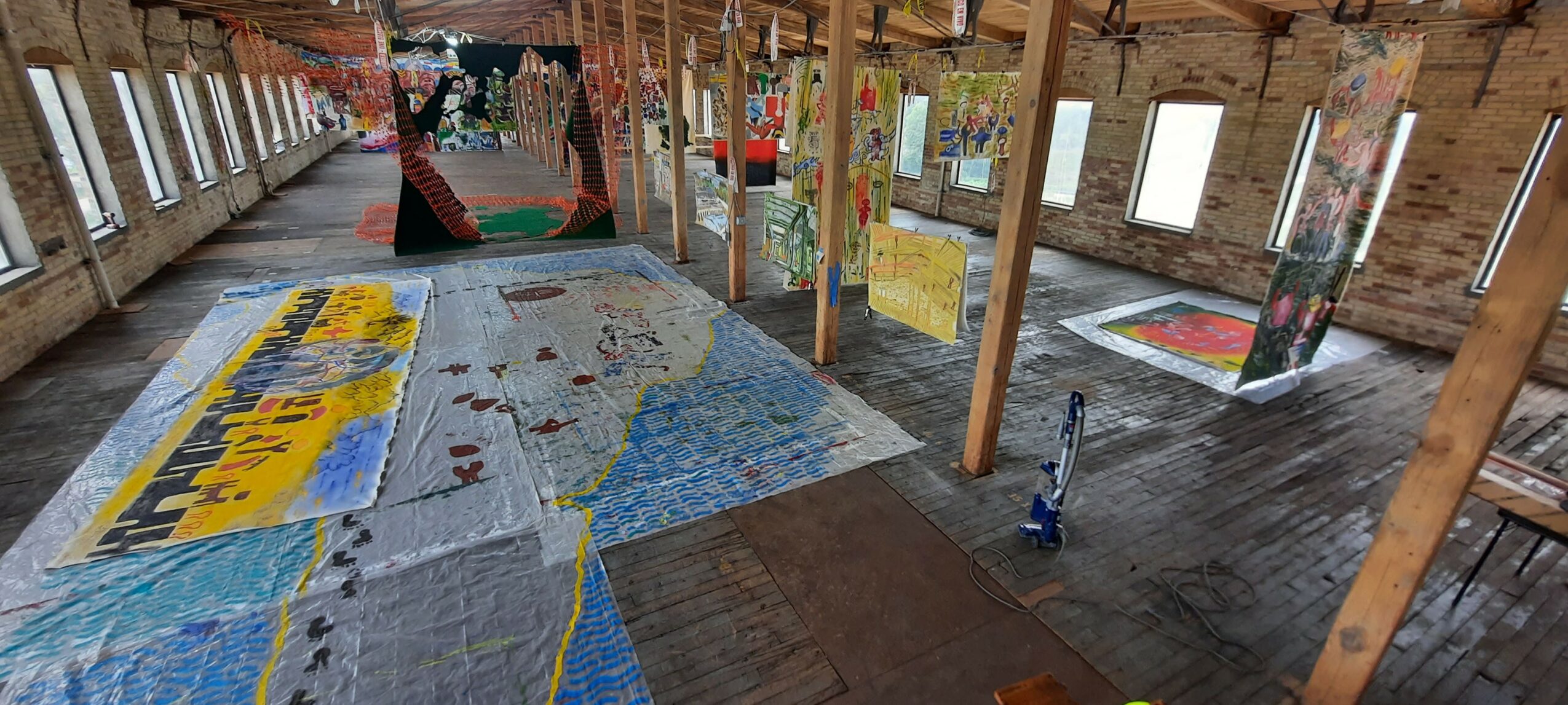
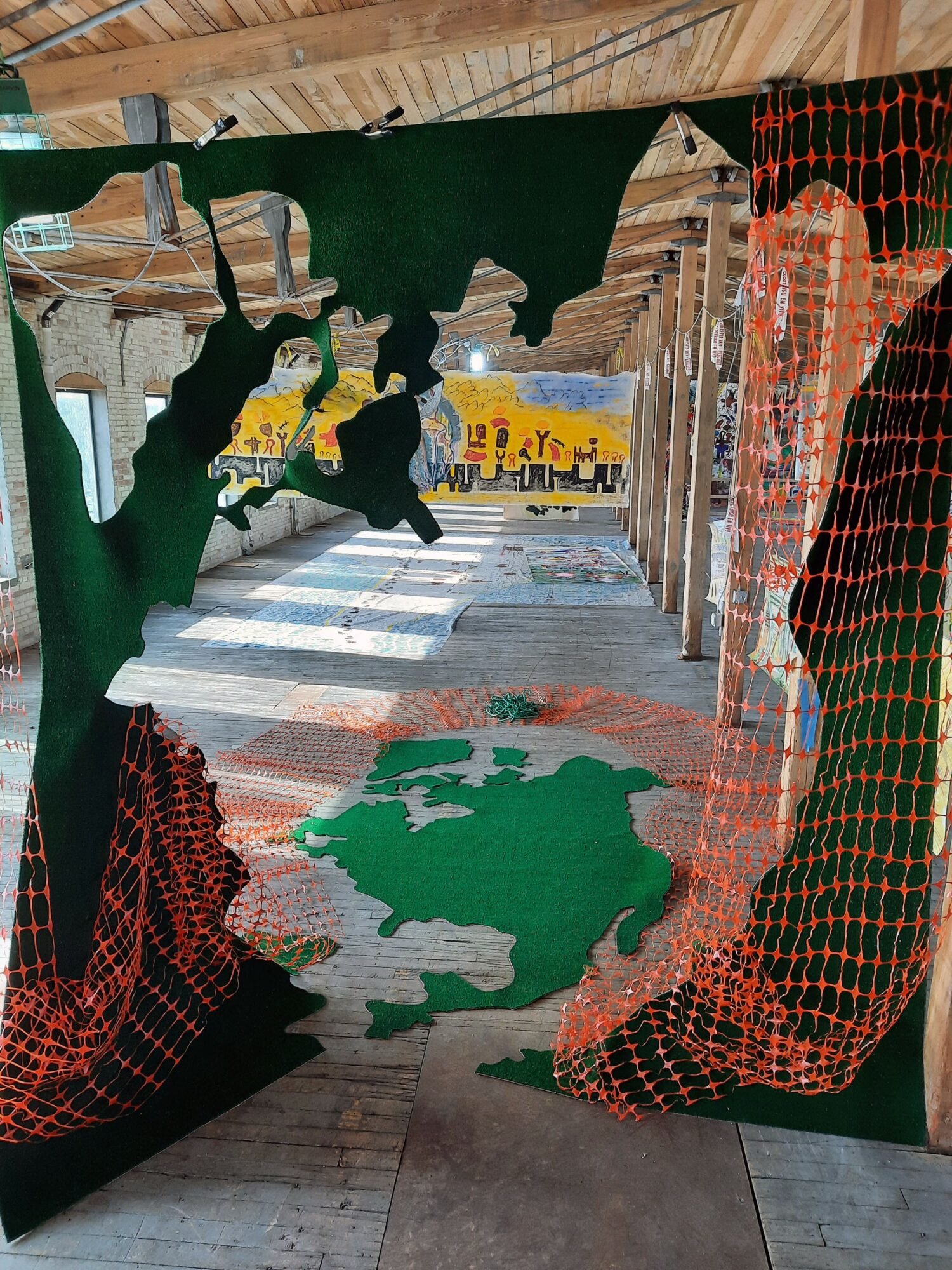
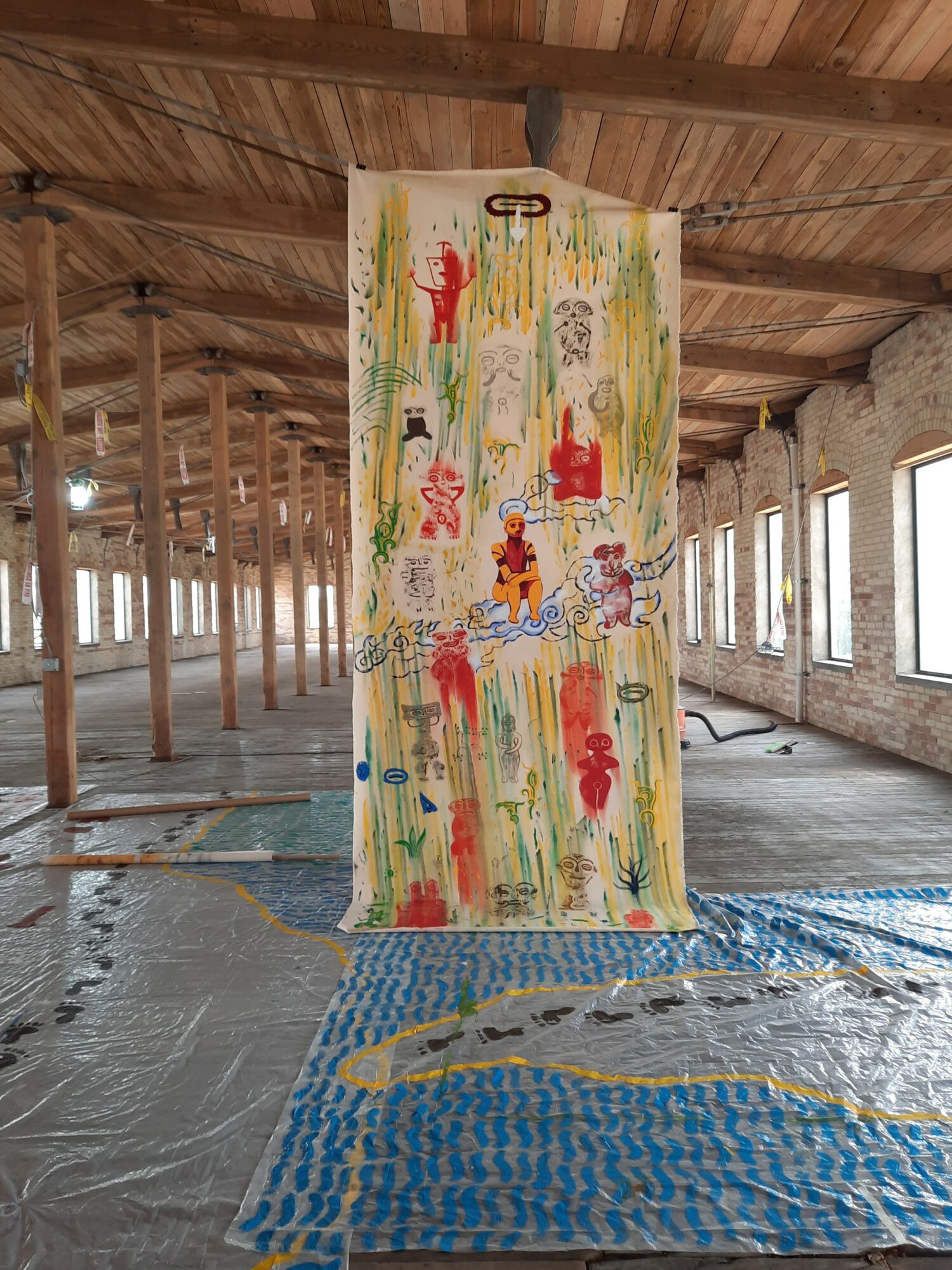
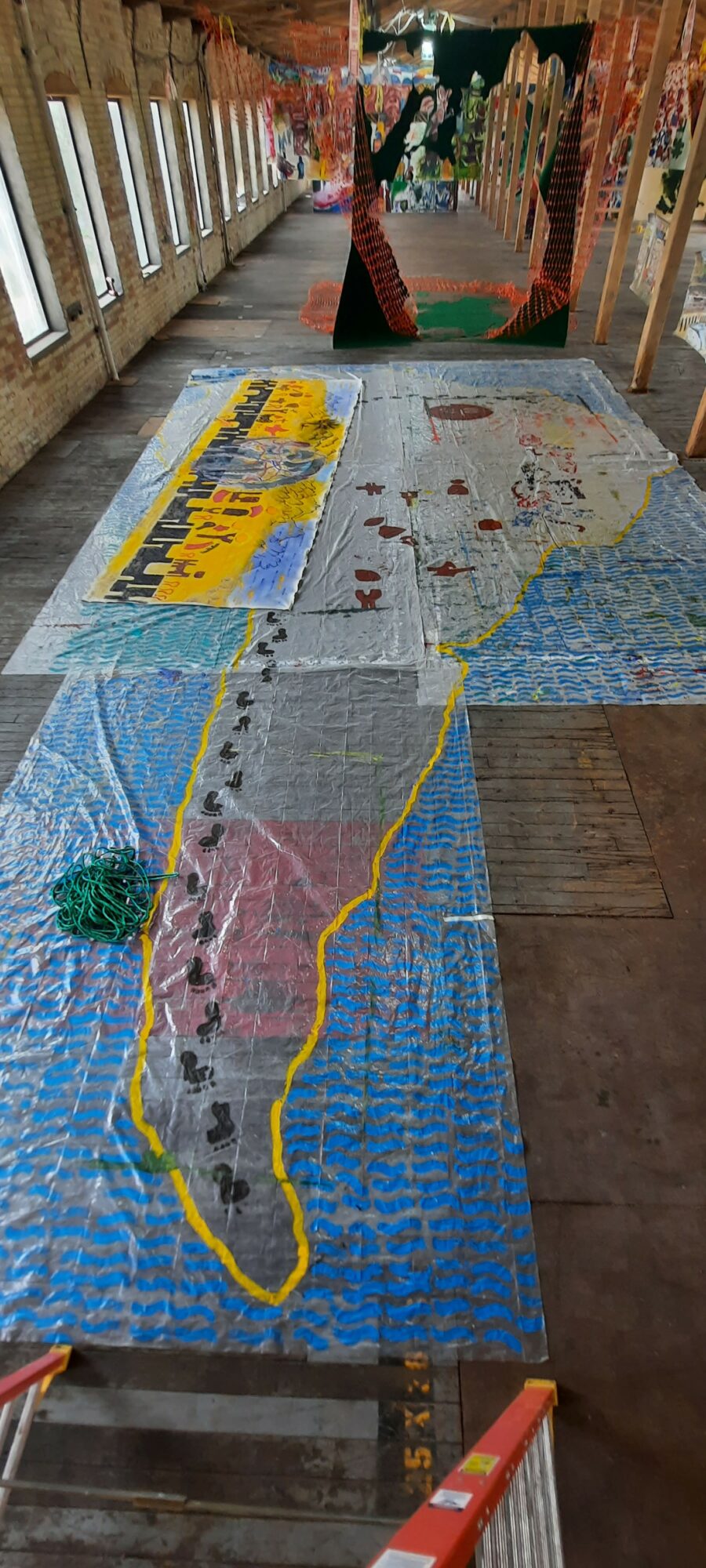
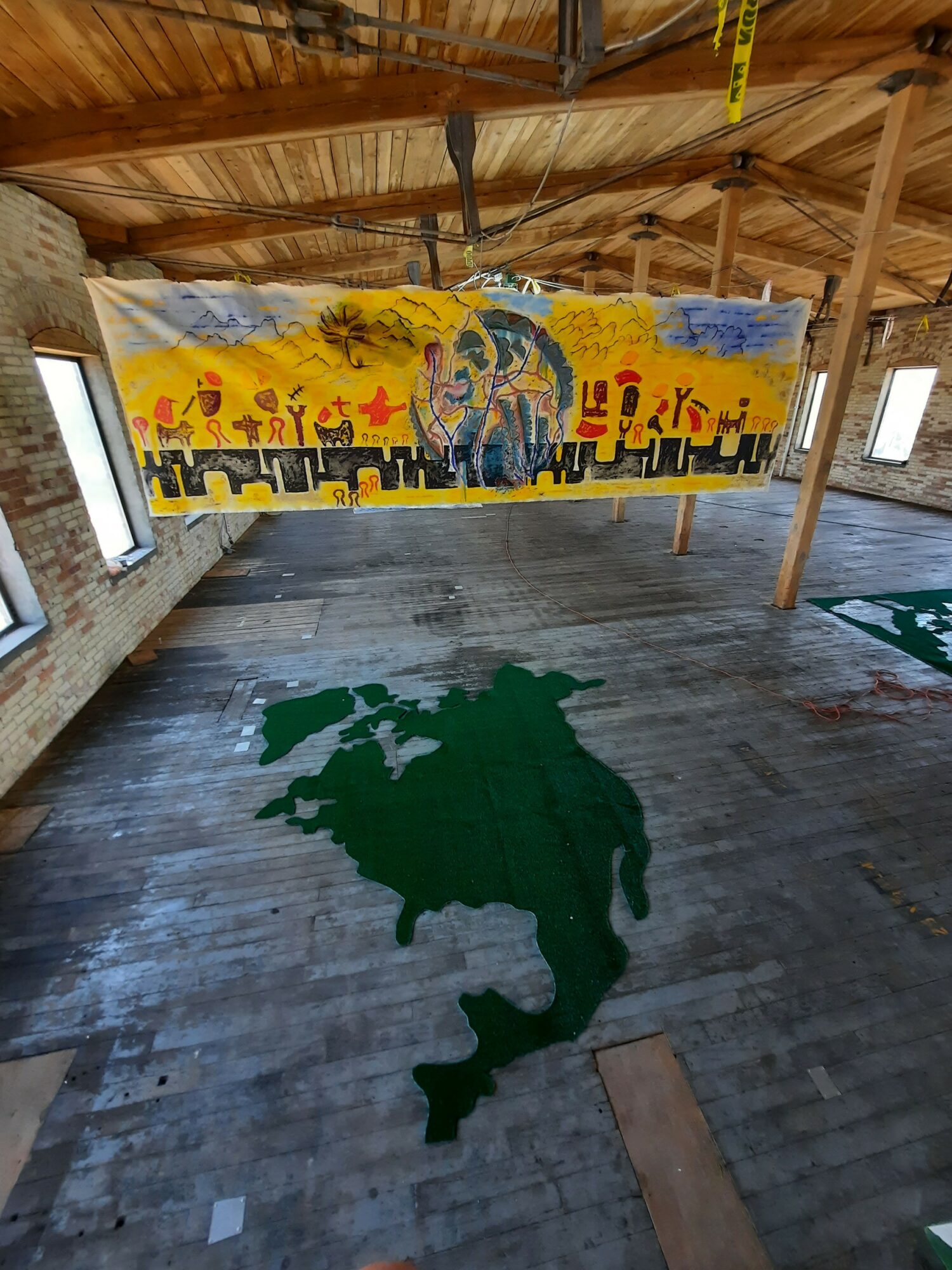
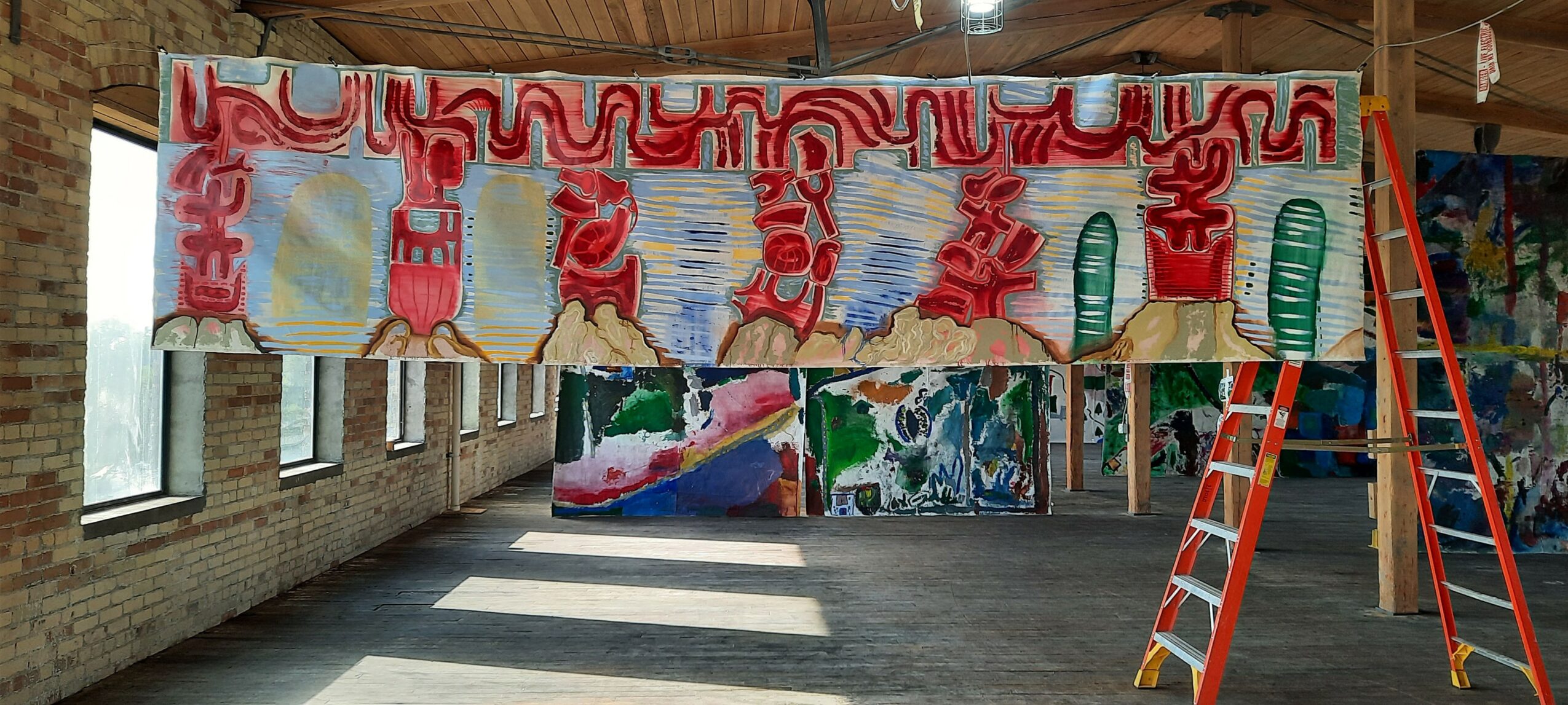
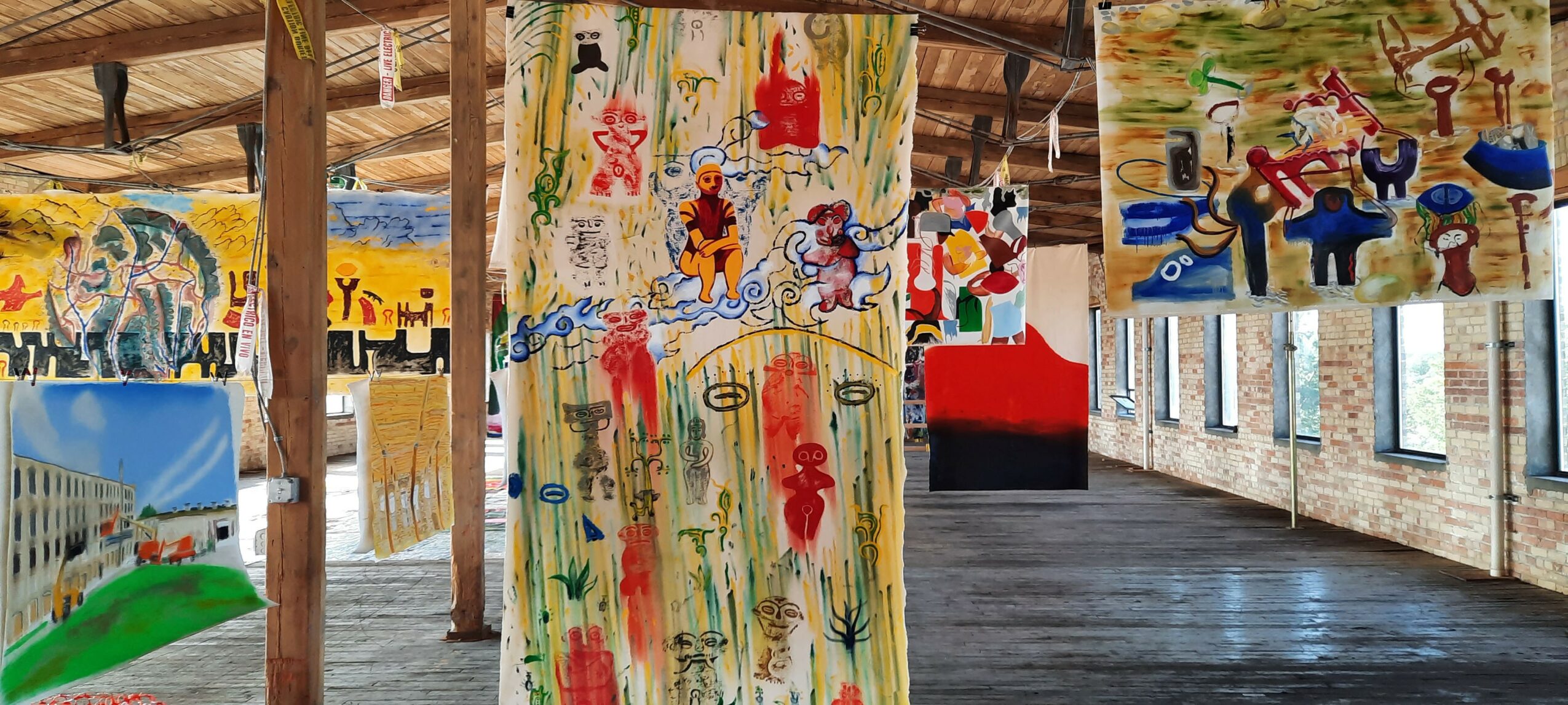
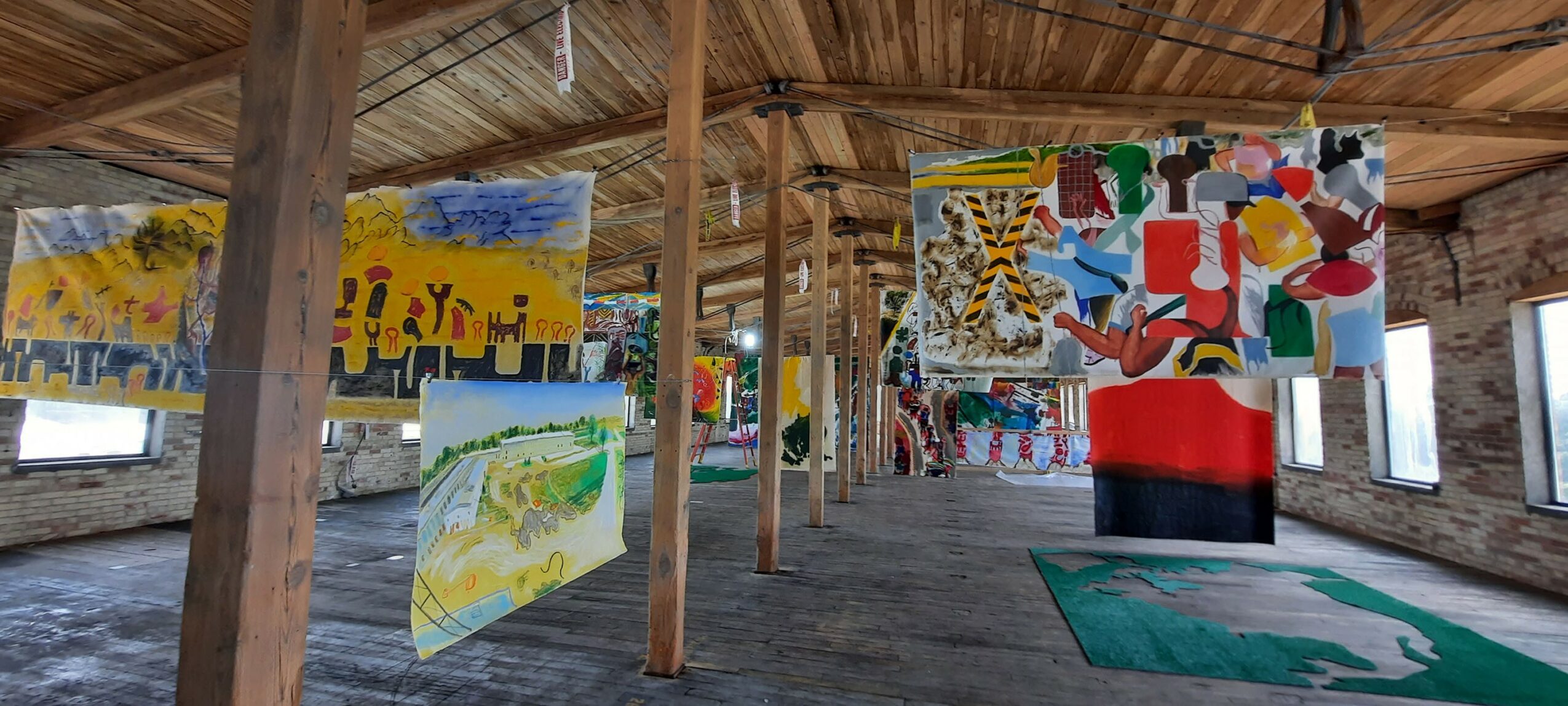
Image Credits
Taylor Kallio
Natalya Critchley



